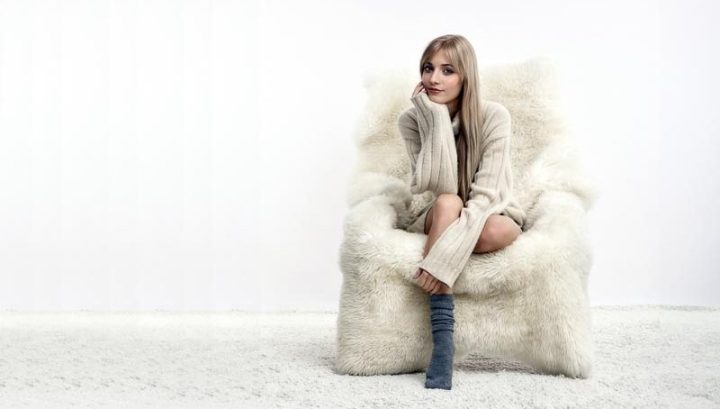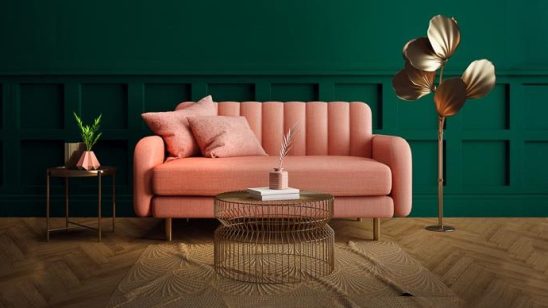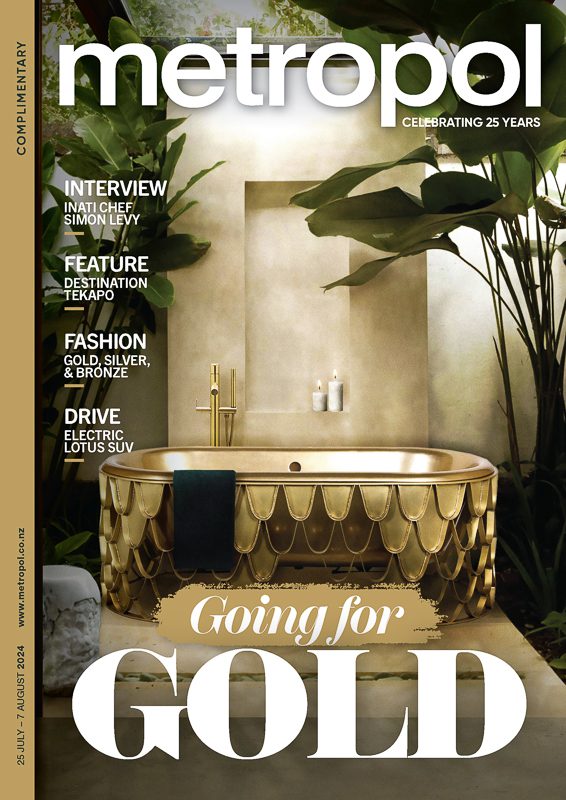
Taking wool to the world
International demand for New Zealand merino wool is so high that for the last five years it has been supplemented by Australian wool.
Sheep numbers in Aotearoa are less than a third of what the figure was 40 years ago, with an estimated twenty million ovines being farmed. While only 10% of New Zealand’s sheep are merino, this country is the third largest exporter of merino wool.
Several commercial groups are part of the industry, including marketing and innovation firm New Zealand Merino Company, which has built a reputation for sourcing ethically produced merino wool for the rapidly expanding outdoor apparel market. It now sells wool to more than 130 brands, covering everything from luxury fashion to footwear.
While wool makes up only one percent of the world’s textile fibres, demand for merino fibre has grown to the extent that the company now has about 130 Australian woolgrowers on its books, providing the business with 15 percent of its needs. The company has 75 percent of the market share of apparel wool grown in New Zealand.
New Zealand wool, per se, is widely sought after because it is considered some of the best in the world thanks
to Aotearoa’s environment, pristine climate, clean water, fresh air, grass, and growers who look after their animals and land with utmost care.
With the need for more sustainability comes a chance to promote the natural aspect of wool. It is grown from a mixture of sunshine, grass, water, and fresh air, so is made by nature, in nature, and is the ultimate renewable resource. Every year sheep grow a glorious new fleece which must be shorn for the health and hygiene of the animal.
Other benefits include:
Biodegradable – At the end of its life, wool can be returned to the soil and will degrade in a few months releasing nutrients into the ecosystem.
Planet friendly – Because wool biodegrades fully, using wool reduces the impact on the world’s landfills.
Ocean safe – unlike plastics, wool does not release micro-plastics into our oceans and seas meaning it is safe for our waterways and aquatic wildlife.




